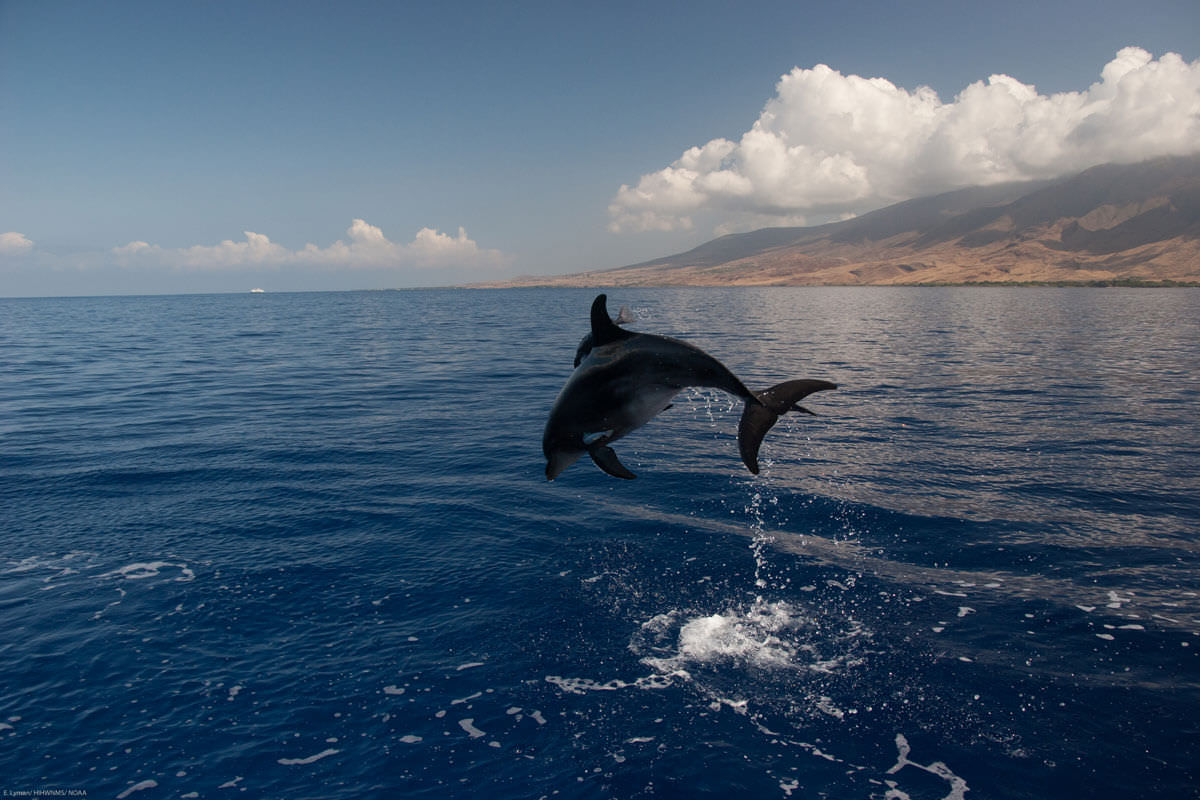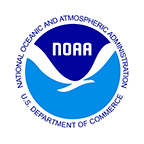Responsible Recreation

Visitors to Hawaiian Islands Humpback Whale National Marine Sanctuary have a wonderful opportunity to encounter wildlife like humpback whales. The sanctuary calls on every visitor to be stewards of these waters and practice responsible recreation.
Learn before you go
Read about wildlife, the best areas to view animals, and local regulations to get the most from your wildlife viewing experience. Seasonal and daily cycles and habitat types influence when and where an animal may be located. Research on the internet, buy regional viewing guidebooks, and talk with local residents to increase your chances of seeing marine wildlife like humpback whales.
Keep your distance
Once whales are sighted, stay more than 100 yards away. Use binoculars, spotting scopes, and cameras with zoom lenses to get a closer look. Marine wildlife may be very sensitive to human disturbance, and if cornered, they can harm the viewer or leave the area. If wildlife approaches you, stay calm and slowly back away or place boat engines in neutral. When closer encounters occur, do not make sudden moves or obstruct the travel path of the animals – let them have the unhindered right of way.
Hands off
Never touch, handle, or ride marine wildlife. Touching wildlife, or attempting to do so, can injure the animal, can put you at risk, and may be illegal for certain species. The slimy coating on fish and many marine invertebrates protects the animal from infection and is easily rubbed off with a hand, glove, or foot. Remember, wild animals may harm you if startled or threatened.
Do not feed or attract marine wildlife
Feeding or attempting to attract wildlife with food, decoys, sound, or light disrupts normal feeding cycles, may cause sickness or death from unnatural or contaminated food items, and habituates animals to people. Habituated animals are vulnerable to vessel strikes and can be dangerous to people.
Never chase or harass wildlife
Following a wild animal that is trying to escape is dangerous. Never completely surround the animal, trap an animal between a vessel and shore, block its escape route, or come between mother and young. When viewing from a boat, operate at slow speed, move parallel to the swimming animals, and avoid approaching head-on or from behind and separating individuals from a group. If you are operating a non-motorized vessel like a kayak or paddleboard, make periodic noise to make wildlife aware of your presence and avoid surprise.
Stay away from wildlife that appears abandoned or sick
Some marine animals, such as seals and sea turtles, leave the water or are exposed at low tide as part of their natural life cycle – there may be nothing wrong with them. Young animals that appear to be orphaned may actually be under the watchful eye of a nearby parent. An animal that is sick or injured is already vulnerable and may be more likely to bite. If you think an animal is in trouble, contact the local authorities for advice.
Wildlife and pets don’t mix
Wild animals can injure and spread diseases to pets, and in turn, pets can harm and disturb wildlife. For example, wild animals recognize dogs as predators and quickly flee when they see or smell dogs. If you are traveling with a pet, always keep them on a leash and away from areas frequented by marine wildlife.
Lend a hand with trash removal
Human garbage is one of the greatest threats to marine wildlife. Carry a trash bag with you and pick up litter found along the shore and in the water. Plastic bags, floating debris, and monofilament line pose the greatest risk to wildlife. However, never try to disentangle a whale or other large animal by yourself – it can be extremely dangerous.
Help others become responsible wildlife watchers and tour operators
Speak up if you notice other viewers or tour operators behaving in a way that disturbs the wildlife or other viewers, or impacts sensitive habitats. Be friendly, respectful, and discreet when approaching others. When operating a boat, lead by example and reduce your speed in areas frequented by marine wildlife, anchor properly, and encourage others to do the same. Violations of the law should be reported to local authorities.
Report an injured or entangled marine mammal:
NOAA Marine Mammal Hotline, 1-888-256-9840
Suspect a close approach or other violation?
NOAA Fisheries Enforcement Hotline, 1-800-853-1964
To report sea turtle disturbance or other violation:
NOAA Office of Law Enforcement Hotline, 1-800-853-1964
To report injured or distressed seabirds:
State of Hawai‘i, Division of Forestry and Wildlife, 808-973-9778
The best way to help an animal is to immediately alert authorized, trained, and well-equipped personnel using the above hotlines.

